Get out your glasses: we have to read between the lines of a couple of personnel announcements.
First, the shocking news (!) today from the Getty: In a press release, Getty Trust president and CEO James Cuno “announced that David Bomford, acting director of the J. Paul Getty Museum, will leave the Museum on February 1 and return to London where he plans to pursue research, scholarship and writing.”
Whoa: a tough announcement. Things must be pretty bad when the press office doesn’t even try to sneak out an announcement like that on a Friday afternoon. Either Bomford, who joined the Getty in April 2007 as Associate Director for Collections and was appointed Acting Museum Director in January 2010, doesn’t get along with Cuno, or Cuno doesn’t think Bomford is cut out to be museum director. Cuno took this post at the Getty last Aug. 1.
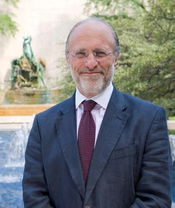 We wait for the next move: either Cuno (left) is going to take the reins of the museum himself, something the Getty board has always opposed — but which many outsiders believe would be an improvement on the current Getty governance structure –Â or Cuno better be about to announce someone good for the job. Recruiting for the job is no picnic.
We wait for the next move: either Cuno (left) is going to take the reins of the museum himself, something the Getty board has always opposed — but which many outsiders believe would be an improvement on the current Getty governance structure –Â or Cuno better be about to announce someone good for the job. Recruiting for the job is no picnic.
Is the Getty cursed when it comes to management? A self-curse?
UPDATE, 12/14: The Los Angeles Times cites Cuno saying that he had not had conversations with Bomford about the museum director’s job, and confirms that Cuno will serve as his own acting museum director until an appointment is made.
Any chance it could last beyond a year? “Only if I fail to appoint a director, which is not my design, that’s for sure,” he said. “The job I have is demanding and the museum director’s job is demanding, and I don’t know that I could handle two of them.”
He said he plans to name a new museum director “by the end of this fiscal year–June 30” and has been working with the search firm Russell Reynolds to that end.
Second, in an internal email last week, Katherine Getchell, deputy director, curatorial, at the Museum of Fine Arts in Boston, announced a replacement for George Shackelford, the former chair of the Art of Europe, who just departed to take up the post of senior deputy director and chief curator at the Kimbell Art Museum in Fort Worth.
It’s Malcolm Rogers, the MFA’s director. Huh?
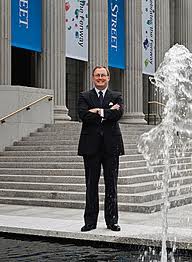 Ok, he’s “acting” director of the Art of Europe, and the email says that Rogers (right) will rely on the team assembled by Shackelford. By way of explanation, it said that the museum plans to open new Art of Europe galleries, greatly expanded when the Art of the Americas galleries moved to their own wing last year, next fall. There’s simply no time, the museum said, to recruit someone and make all the acquisitions, exhibition plans, gallery designs and reinstallations, in time.
Ok, he’s “acting” director of the Art of Europe, and the email says that Rogers (right) will rely on the team assembled by Shackelford. By way of explanation, it said that the museum plans to open new Art of Europe galleries, greatly expanded when the Art of the Americas galleries moved to their own wing last year, next fall. There’s simply no time, the museum said, to recruit someone and make all the acquisitions, exhibition plans, gallery designs and reinstallations, in time.
It will, however, hire a curator for 19th century French art (Shackelford’s speciality).
This might be more believable if the news of Shackelford’s departure were new. But that was announced last July. Why wasn’t a search started then? If it had been, why such little progress? There’s more to know here, just as there is in LA.
Photo Credits: Courtesy of the Getty (top) and MFA (bottom)


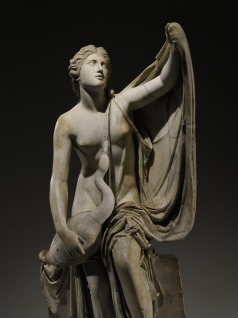 The antiquities crowd was abuzz this weekend about the top lot at
The antiquities crowd was abuzz this weekend about the top lot at 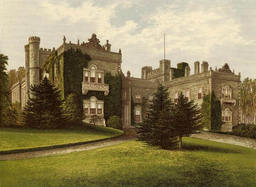
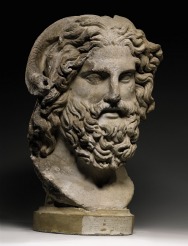 Meanwhile, the Metropolitan Museum of Art* purchased the second most expensive lot: it paid nearly $3.6 million for a
Meanwhile, the Metropolitan Museum of Art* purchased the second most expensive lot: it paid nearly $3.6 million for a 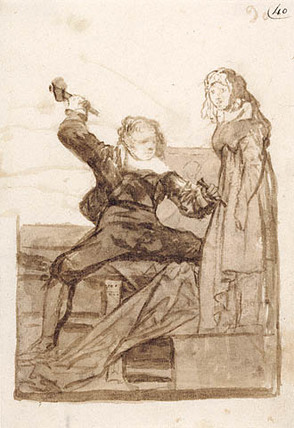
 But essentially, the articles all say the same thing — Perez (left) is giving a total of $35 million, if he gets the naming rights. The board approved, in a 30 to 4 vote, and the deal is set. But others, including some trustees who resigned, disagree with the naming. They call it inappropriate, saying that it sends the wrong signal “as to what the museum is all about.” Some may reneg on promised gifts.
But essentially, the articles all say the same thing — Perez (left) is giving a total of $35 million, if he gets the naming rights. The board approved, in a 30 to 4 vote, and the deal is set. But others, including some trustees who resigned, disagree with the naming. They call it inappropriate, saying that it sends the wrong signal “as to what the museum is all about.” Some may reneg on promised gifts.